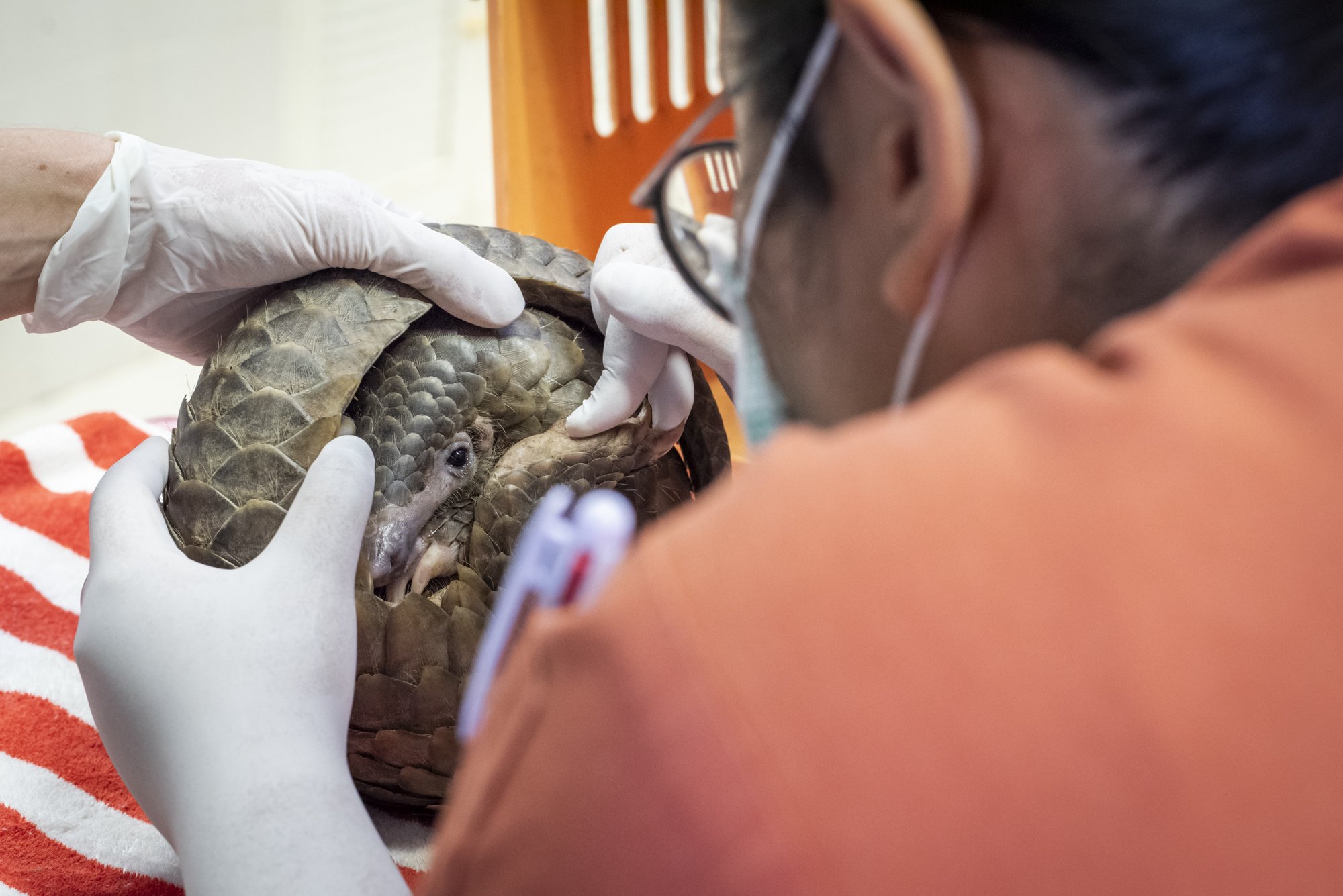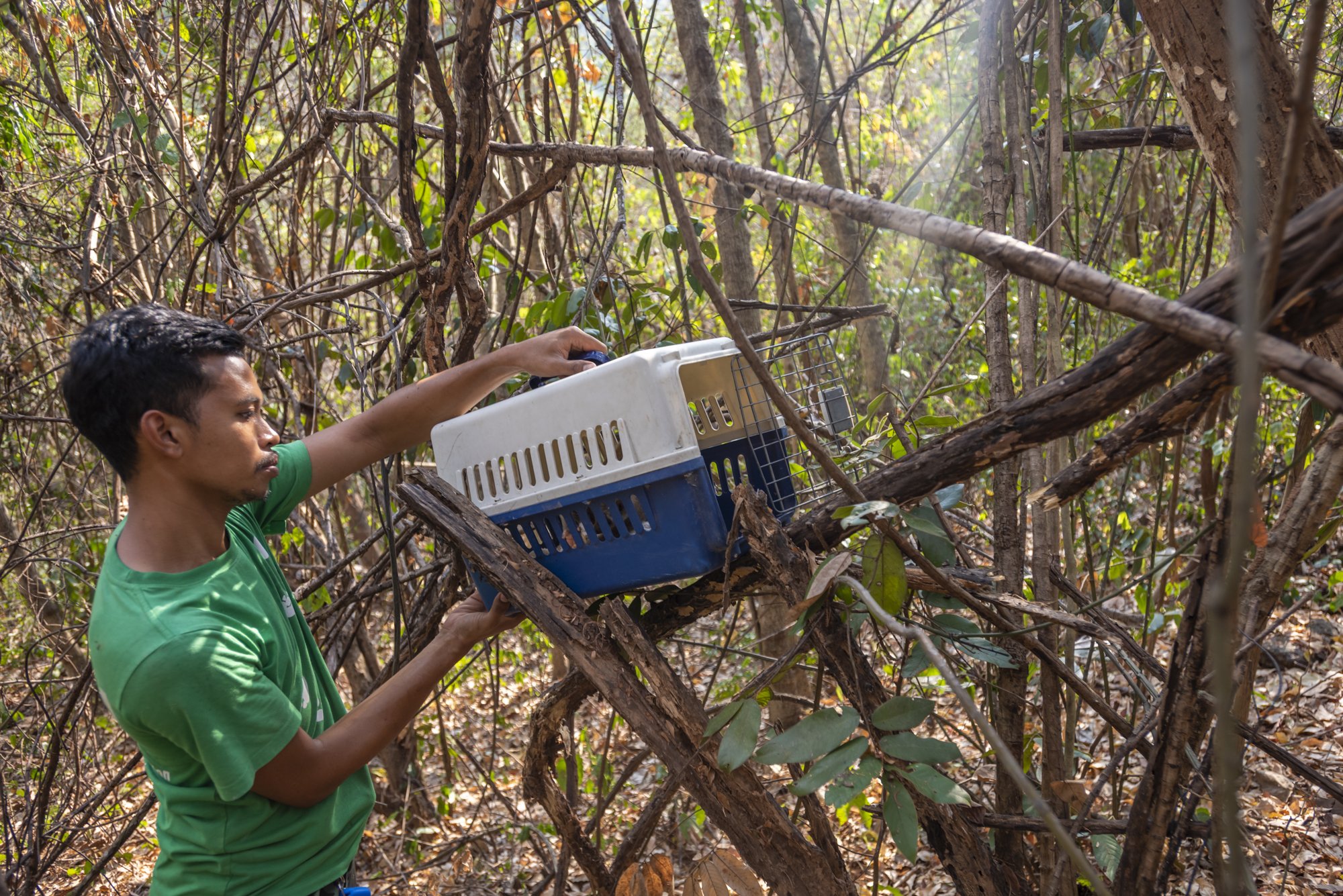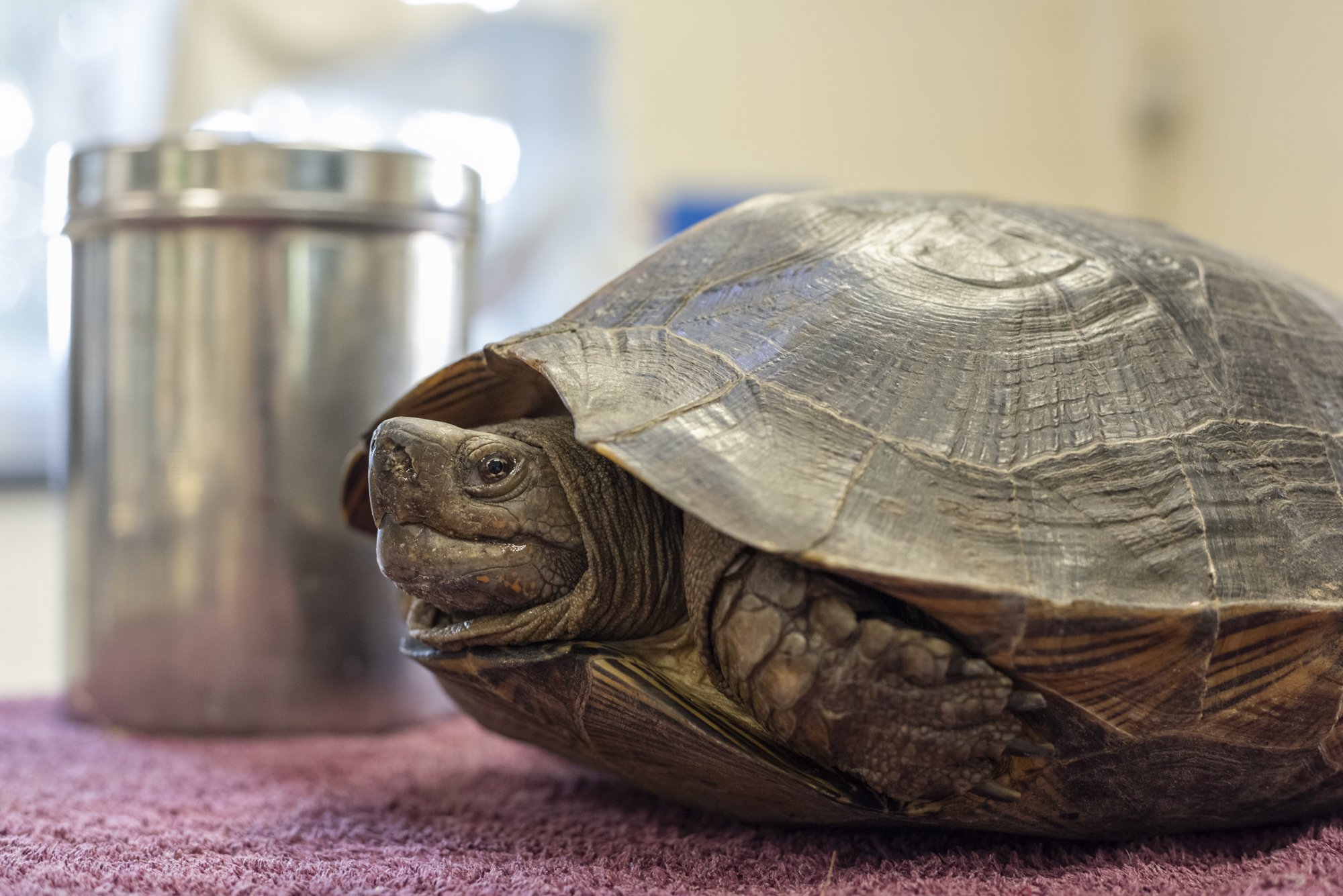
Protecting Thailand’s Wildlife: WFFT
In 2023, Moving Animals spent seven months working on photojournalism and media for Wildlife Friends Foundation Thailand (WFFT) to help spread the word of their powerful animal rescue and advocacy work.
In collaboration with WFFT
800+ animals
rescued by WFFT
+15M video views
across social media
3 major stories
30+ media platforms
WFFT is one of Southeast Asia’s largest animal sanctuaries, caring for over 800 animals. The sanctuary rescues and rehabilitates captive wild animals, providing a permanent home for those that cannot return to the wild.
We discovered WFFT's work in 2020 during the largest tiger rescue by an NGO in Southeast Asia, which involved tigers from Phuket Zoo - a place we had previously documented. One of the tigers, Susu, had spent 15 years chained by her neck to a small stone platform for tourist photos. She couldn't lift her head properly due to the tight chain and repeatedly paced back and forth.
Incredibly, WFFT rescued Susu and eleven other tigers from the zoo two years later. Thanks to their efforts, these tigers now roam freely on 17 acres of forested land, where they can run, scratch trees, and swim in a large lake. One of the tigers, 19-year-old Rambo, enjoyed a five-hour bath in the lake upon arrival.
In 2023, after working with WFFT to publish news of the rescue with UK media platform The Independent, we were delighted to head to WFFT to work in a photography and media capacity for the sanctuary.
Pai Lin’s Story:
Elderly elephant Pai Lin has a damaged back after decades of strenuous work in the trekking industry
When we first arrived at WFFT we spent the afternoon getting to know the sanctuary and meeting (some of) the hundreds of animals who call this place home.
We learned about Pai Lin the elephant’s dipped spine, and the injuries she sustained after decades spent giving rides to tourists as part of the wildlife entertainment industry. It struck us as such a visually powerful story - a physical representation of what these animals endure when forced to work in captivity. We also wanted to share her story as one of resilience and hope - Pai Lin now lives free at WFFT where she can roam chain-free and engage in natural behaviours.
This story was covered by more 40 prominent media platforms around the world, including CNN, Newsweek, Business Insider , and many more, inspiring people to be a part of the solution for elephants.
The story gained substantial traction within the Thai press, and Edwin Wiek, the founder behind WFFT, provided insightful interviews to various television stations, amplifying the reach of the message.
The images were also published as a long-read surrounding the ethics of riding animals by The Washington Post.
Susu’s Story
Through a partnerships with influential viral media platform, The Dodo, Susu's story was shared with their extensive audience, resulting in an over 12 million views. Using a combination of Moving Animals' footage that shed light on Susu's distressing captivity as a tourist attraction, along with WFFT's own footage capturing the heroic rescue mission, we were able to create a compelling and emotionally resonant story that struck a chord with viewers worldwide.
This reach helped to spread the word about WFFT's tireless efforts in safeguarding and rehabilitating animals while encouraging people not to support unethical wildlife tourism or tiger selfies.
X-Rays from the Archives
From Indochinese tigers to white-handed gibbons, Thailand is home to a rich array of wildlife that includes nearly three hundred species of mammals, and many more birds, reptiles, and marine animals.
We decided to search through WFFT medical archives to release a series of stunning X-ray images that show a unique look at some of this wildlife, and highlight some of the stories from their clinic’s nearly two decades of life-saving work in protecting animals. The striking medical images included the likes of a baby macaque, a sun bear, and a golden tree snake, and were all taken at the Wildlife Hospital on-site at WFFT.
The story was covered by Newsweek, sharing WFFT’s nearly two decades of life-saving work with their readers.
A series of wildlife X-rays from left to right: (Top) Kim the kingfisher, Baby Luang the crab-eating macaque; (Bottom) Canoe the chimpanzee, Tufa the Bengal slow loris, and Reya the green iguana.
Plango’s Story
Photography and Writing for Animals
People and Animals Thailand (PAT) Clinic
Use visuals
Visit the entertainment gallery on the Moving Animal archive. For related footage, please get in touch.












